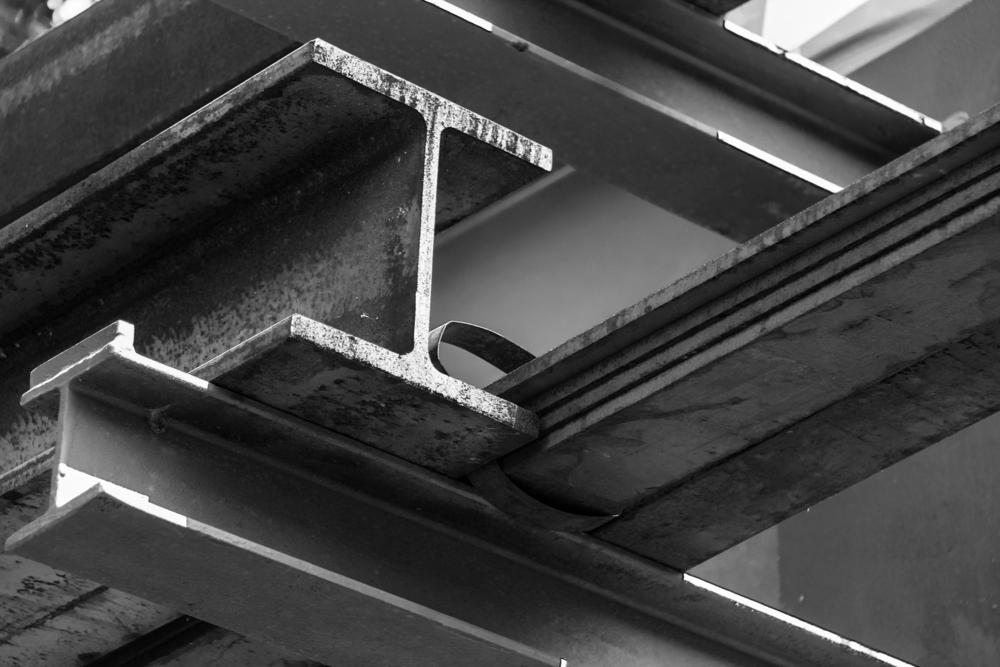
................................................................................................................................................................
Are All Steels The Same?
Steel is a
catch-all phrase used to describe a group of iron alloys. All steels are
composed of iron and carbon. It is the amount of carbon, and any additional
alloys that determine the properties of each grade.
Posted
by Mark Serisier
We often get asked, are all steels
the same?
In fact, it’s one of our frequently asked questions.
The short answer (and the one featured in
our FAQs) is – No, there are different grades and hardness of steels.
Hard steels tend to last longer but are
more difficult to machine and heat treat.
But let’s break it down further and look at
the main types of steel and their grades and properties.
Knowing a little more about your steel
options can help you make a better-informed decision about your part, mould or
tool.
Steel is a catch-all phrase used to
describe a group of iron alloys.
All steels are composed of iron and carbon.
It is the amount of carbon, and any additional alloys that determine the
properties of each grade.
Steel can be broadly categorised
into four groups based on their chemical compositions:
– Carbon Steels
– Alloy Steels
– Stainless Steels
– Tool Steels
– Alloy Steels
– Stainless Steels
– Tool Steels
Let’s take a closer look at their
properties…
Carbon Steels:
A carbon steel has a carbon content of up
to 2.1% by weight. As the amount of carbon content rises, the steel will become
harder and stronger through heat treating.
While this means that carbon steels are
incredibly durable and impact resistant, they also become less and less
ductile.
The higher the carbon content also means
the weldability of the steel in reduced, as the high carbon content leads to a
lower melting point of the steel.
Alloy Steels:
Alloy steels are broken down into two
groups: low alloy steels and high alloy steels.
This refers to the amount of alloying
elements added (like manganese, silicon, nickel, titanium, copper, chromium,
and aluminum).
All steels are technically an alloy, but
not all steels are called “alloy steels”.
A basic steel is made of iron alloyed with
carbon, but “alloy steels” refers to steels containing other alloying elements
in addition to the carbon.
The addition of different elements produces
different properties in the steel, for example copper increases corrosion
resistance, while silicon can improve magnetic properties.
Stainless Steels:
Stainless steels are called as such because
the alloying properties make it incredibly corrosion resistant.
It is classified as containing a minimum of
11% chromium content by mass and a maximum of 1.2% carbon by mass.
The properties of resistance to corrosion
and staining, low maintenance, and familiar luster make stainless steel a
popular choice for commercial applications.
Tool Steels:
Tool steels have their own category because
they are a collection of steels that have particular properties making them
ideal for use in making tools.
We’re well versed with tool steels, we’ve
actually talked about some of the tool steel grades we use here at Dienamics in
our blog Let’s Talk About Tool Steel.
When it comes to tooling and mass
production, choosing the right steel for the job is incredibly important.
If you’re still not sure what steel suits
your needs or if you’re in need of a new tool, we can help. Get
in touch with us today.
Dienamics was founded by its
managing directors in 1997, our staff are young and enthusiastic with the
experience to work on your project. With our in-house designers and engineers,
we offer the solutions to meet all your requirements.
Dienamics is a family owned and
operated business, established in 1997. We are the only company in Brisbane to
offer the complete service of Industrial Design, Toolmaking and Manufacturing,
with our in-house designers and engineers experienced to offer the solutions to
meet all your requirements.


No comments:
Post a Comment